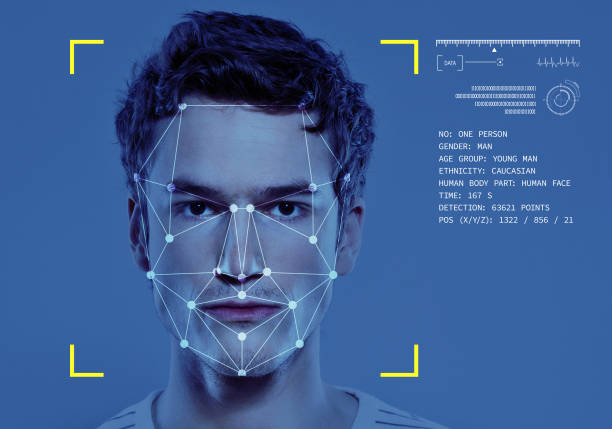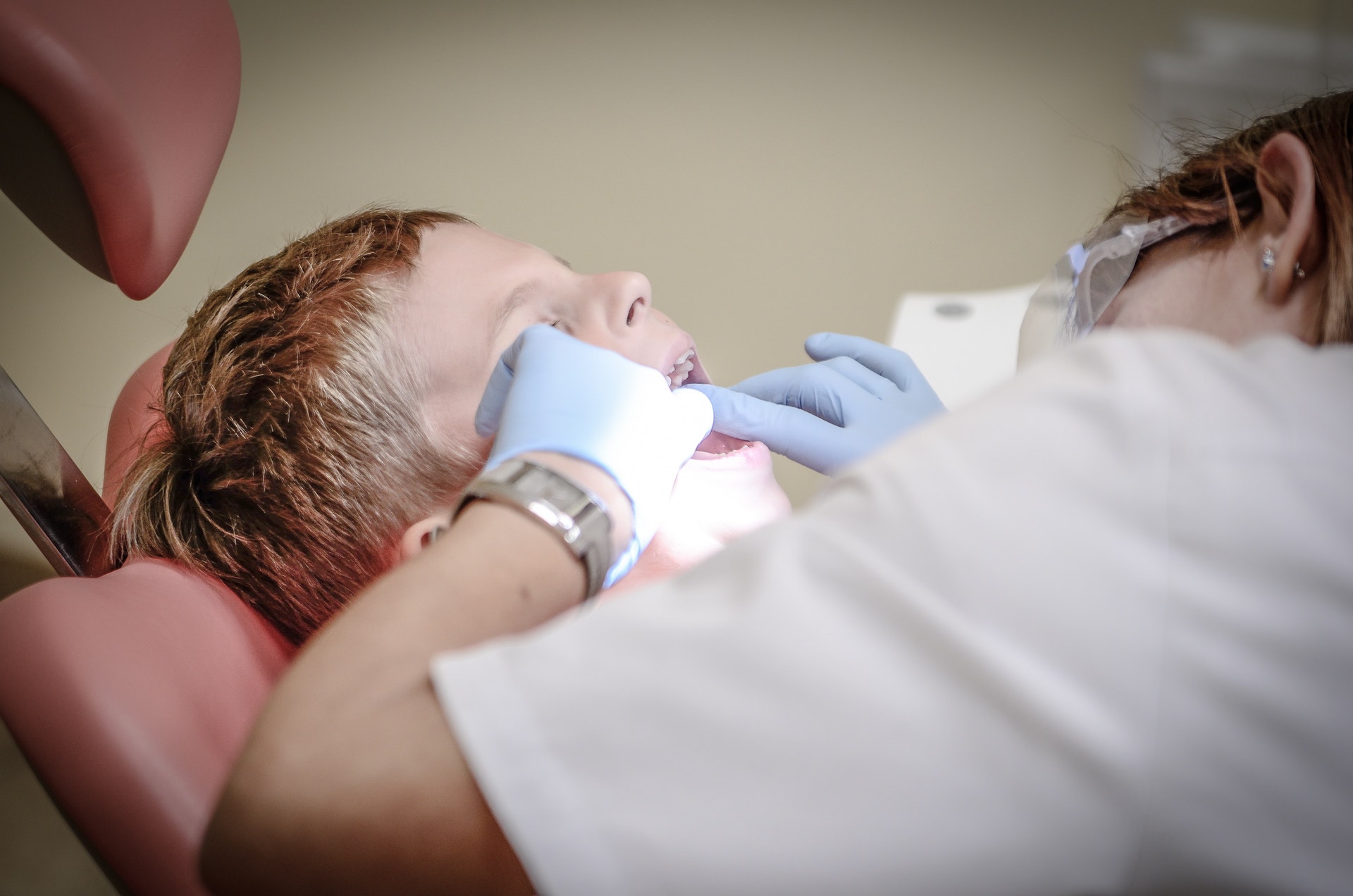When we think about injuries, it’s often the visible wounds that catch our attention. However, there are certain injuries that go beyond the surface, leaving a lasting impact on both the physical and psychological well-being of an individual. One such injury is a degloved face, which can have devastating consequences. In this article, we will delve into the meaning of a degloved face, explore its complications, discuss the pain experienced, and shed light on the long-term effects of this injury.
What does degloved faces mean?
A degloved face refers to a severe injury where the skin and underlying tissues of the face are forcibly detached from the underlying bone structure. This injury typically occurs due to high-impact trauma, such as a car accident, fall, or industrial accident. In a degloving injury, the facial skin is stripped away from the muscles, nerves, and blood vessels, often resulting in a flayed appearance. It is a traumatic event that requires immediate medical attention.
What are the complications of degloving?
The complications associated with a degloved face can be extensive and life-altering. Firstly, there is a high risk of infection due to the exposure of the underlying tissues. The loss of a protective skin barrier makes it easier for bacteria to enter, potentially leading to severe infections that can further damage the facial structures.
Nerve damage is another common complication of degloving. When the facial nerves are affected, it can result in loss of sensation, paralysis, or abnormal sensations such as tingling or numbness. These nerve injuries can have a significant impact on facial expressions, speech, and overall quality of life.
Additionally, degloving injuries can impair vision and hearing. Depending on the extent of the injury, the delicate structures responsible for vision and hearing can be damaged, leading to partial or complete loss of these senses. The impact on sensory perception can be emotionally challenging and may require extensive rehabilitation.
Furthermore, the disfigurement caused by a degloved face can be profound. The loss of skin and underlying tissues can result in significant changes to the facial appearance. Scarring, asymmetry, and deformities can lead to self-esteem issues, social isolation, and psychological distress.
How painful is degloved?
Degloving injuries are known to cause excruciating pain. The severity of the pain experienced varies depending on the individual and the extent of the injury. Victims often describe it as an intense burning or tearing sensation that radiates throughout the face. The physical pain is accompanied by emotional trauma, as the sudden and dramatic change in appearance can be deeply distressing.
What are the long-term effects of degloving injury?
The long-term effects of a degloving injury can be both physical and psychological. Scarring is a common consequence, and depending on the severity, it can cause functional limitations, such as difficulty opening the mouth, eating, or speaking. The visible reminders of the injury can also have a significant impact on an individual’s self-image and confidence.
Beyond the physical effects, the emotional and psychological impact of a degloved face can be profound. Individuals may experience anxiety, depression, or post-traumatic stress disorder (PTSD) due to the traumatic event and the challenges they face during the recovery process. Support from mental health professionals and peer groups is crucial in helping them navigate these emotional difficulties.
Conclusion
Understanding the devastating consequences of a degloved face is essential to raise awareness about this severe injury. It goes beyond the visible scars, affecting various aspects of a person’s life, including physical function, emotional well-being, and social interactions. By shedding light on the complications, pain, and long-term effects, we can support individuals who have experienced this traumatic event and advocate for better prevention strategies and medical interventions.
Frequently Asked Questions
Q1: Can a degloved face be fully restored?
A: While extensive reconstruction and surgical interventions can help restore some aspects of a degloved face, complete restoration may not always be possible. The goal is to optimize function and appearance through a combination of surgical procedures, rehabilitation, and psychological support.
Q2: How long does it take to recover from a degloving injury?
A: The recovery period for a degloving injury can vary depending on the severity of the injury, individual healing capabilities, and the extent of required surgical interventions. It can take several months to years to achieve maximum recovery.
Q3: Are there any preventative measures for degloving?
A: Preventing degloving injuries involves taking safety precautions, such as using appropriate protective gear, following safety guidelines in high-risk environments, and practicing defensive driving techniques. Awareness and education about the risks can also help reduce the occurrence of such injuries.
Q4: Can degloving occur in other parts of the body?
A: Yes, degloving injuries can occur in other parts of the body, such as the limbs or torso. The severity and consequences depend on the specific location and the structures involved.
Q5: How common are degloving injuries?
A: Degloving injuries are relatively rare compared to other types of injuries. However, when they do occur, they often have significant consequences due to the nature of the trauma involved.











